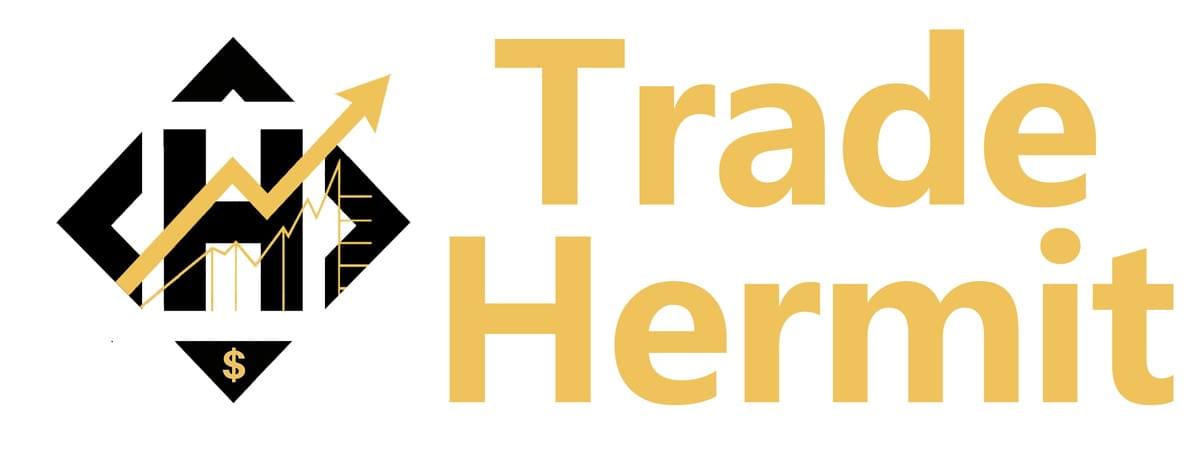A $2.4 Billion Acquisition: Google DeepMind Strikes First
Let’s begin with a recent story out of Silicon Valley. On Friday, July 11, Google’s DeepMind reportedly absorbed the core team of AI startup Windsurf. In plain terms, Google poached the talent—at a hefty price tag of $2.4 billion.
Prior to that, OpenAI was said to be in acquisition talks with Windsurf for an even higher amount: $3 billion. Yet, for reasons unknown—perhaps failed negotiations or a mismatch in vision—OpenAI didn’t close the deal, and Google ultimately swooped in.
This sounds familiar, doesn’t it? It closely mirrors another talent raid just a month earlier by Meta.
Meta’s Counterattack: Super Lab, Super Salaries
In June, Meta announced the restructuring of its AI division and the creation of a Super AI Lab. One of its first moves? Aggressive talent acquisition.
The most striking example: Meta offered a $200 million compensation package to poach Ruoming Pang, Apple’s former head of foundational models. The deal spans four years, averaging $50 million annually. To put that in perspective, that’s higher than Apple CEO Tim Cook’s salary and surpasses what A-list celebrities like Nicole Kidman or Tom Cruise earn annually.
Someone once calculated that Tom Cruise earns around $6,000 to $7,000 per spoken line. Gisele Bündchen, at her peak, reportedly earned $450,000 per step on the runway. And now, Pang makes even more.
Strategic Poaching: More Than Just Money
And that’s just the tip of Meta’s spending iceberg. Beyond Pang, Meta has recruited a string of high-profile AI experts: Bi Shuchao from OpenAI’s multimodal team, Ren Hongyu, the mind behind OpenAI’s o3-mini, and even Alexander Wang, the former CEO of Scale AI. It’s said Meta paid $14.3 billion for a 49% stake in Wang’s company just to secure him.
Of the 14 AI scientists Meta has successfully poached, nine are Chinese—and most are young. Alexander Wang is only 28.
It’s possible that Meta’s Super Lab is now home to the world’s most highly paid group of 90s-born employees.
Talent Pressure Tactics: The 48-Hour Rule
Meta’s strategy isn’t just about spending big. There are psychological tactics involved, too.
Candidates are given 48 hours to make a decision: accept or walk away. No exceptions. Once the contract is signed, HR immediately kicks off onboarding.
And the moves are not just about building up Meta’s team. They’re also about weakening the competition. Many of the scientists poached from OpenAI belonged to its core multimodal team, potentially delaying OpenAI’s next major breakthroughs.
Talent isn’t the only battlefield. Meta is also executing a hardware-centric strategy dubbed "compute supremacy."
It has signed exclusive deals with TSMC to lock in 70% of the 2025 production capacity for H200 GPUs—a critical AI chip only produced by TSMC. In essence, Meta has secured the lion’s share of global supply.
Meta is also building a new data center called "AI Dune," said to have five times the compute density of OpenAI’s infrastructure. Zuckerberg has promised unlimited compute to AI scientists: if you have an idea, Meta has the resources.
OpenAI’s Response: Surprised but Resilient
What’s OpenAI’s stance, as one of the biggest talent losers? CEO Sam Altman recently addressed this.
First, he expressed surprise at the astronomical salaries, even as someone with an investor background. Second, he voiced confidence: the core team, he said, remains intact.
He emphasized that money isn’t everything—vision and culture matter more.
Still, reports suggest OpenAI has quietly raised salaries. Yet, its retention rate over the past year was reportedly under 70%.
The Cultural Shift: From One Tree to a Waffle
This fragmentation isn’t just about salaries. Decades ago, Silicon Valley was seen as one big ecosystem with a shared culture: geek spirit, engineering-first mentality, technical idealism. This unity stemmed from shared origins, such as the legendary "Traitorous Eight" who left Shockley Labs to found Fairchild Semiconductor, and from there, Intel and AMD.
It was like a tree with many branches but the same roots.
Now, as consultant Liu Run puts it, Silicon Valley resembles a waffle—a grid of distinct squares. Each company has evolved radically different internal cultures.
Meta’s Culture: Fear, Speed, and Output
Why is Meta so aggressive? It has a culture of fear and performance. Employees sign quarterly performance pledges. Fall short, and you could be next on the layoff list. Inter-departmental rivalry is fierce.
This cutthroat environment drives results, but also failures. Meta’s last model, Llama4, reportedly underperformed GPT-4.5 by over 10% on key benchmarks, partially due to internal conflict and coordination issues. Some developers were so disappointed they omitted the project from their resumes.
Meta can’t afford another failure. After all, it rebranded from Facebook to Meta to pivot into the metaverse—a strategy still in limbo. Another flop in AI would be a major blow.
Comparing Cultures: Meta vs the Rest
Google, in contrast, encourages experimentation and failure. Employees are given 20% of their time to innovate. Gmail came from one such side project.
Meta favors fast deployment: ship first, iterate later. It hosts regular internal hackathons to pressure-test ideas. Its code submission rate is 3x Google’s—but it also has 40% more bugs.
Compared to Amazon, which embraces long-term thinking, Meta runs on "sprint culture" and quarterly deliverables—even for projects like the metaverse.
Versus Microsoft, which promotes employee development, Meta demands instant impact. Hence, its talent acquisition methods are quick and ruthless.
What Shapes Culture? The First Dollar Earned
Importantly, this isn’t about ranking cultures. The divergence is logical.
Meta founder Mark Zuckerberg is a coder who believes in data-driven decisions. Meta's revenue depends overwhelmingly on advertising. Ads rely on user engagement. That means constantly shipping new features to retain attention.
To do that, Meta prioritizes commercialization and applied innovation. This necessitates a fast-paced, results-driven, and unforgiving culture.
Seen in this light, Meta’s hiring strategy—from billion-dollar packages to 48-hour deadlines—makes perfect sense.
Because often, how a company earns its first dollar ends up defining everything that follows.

